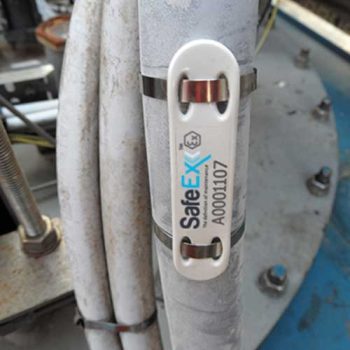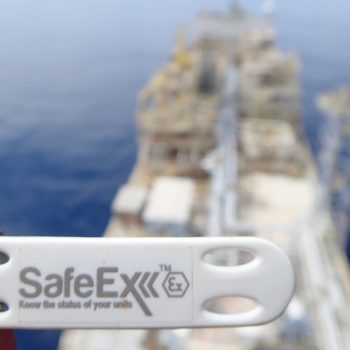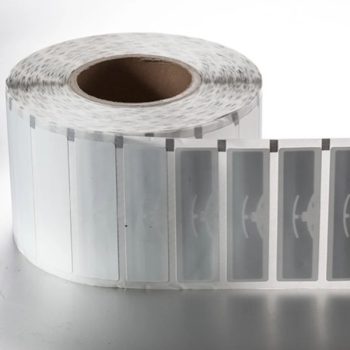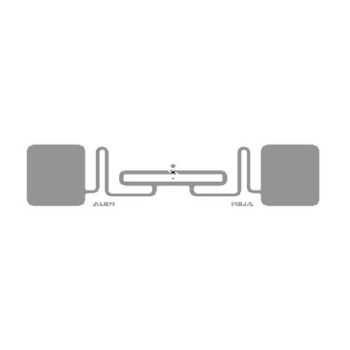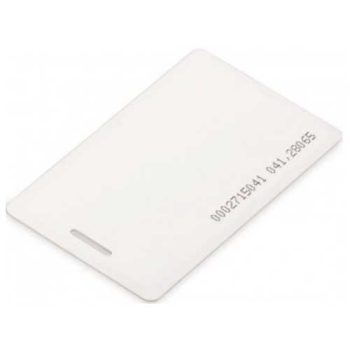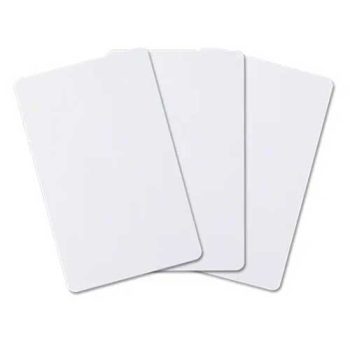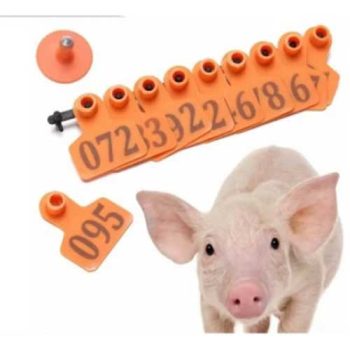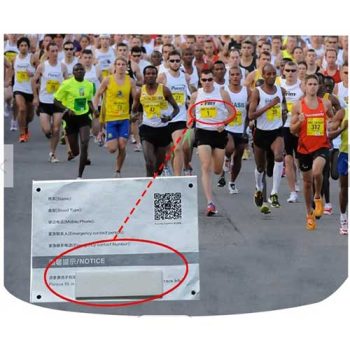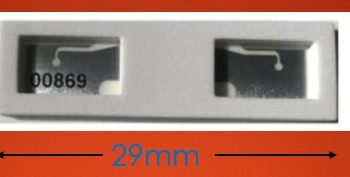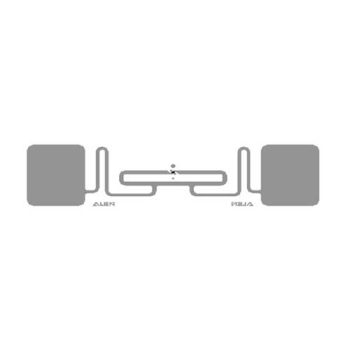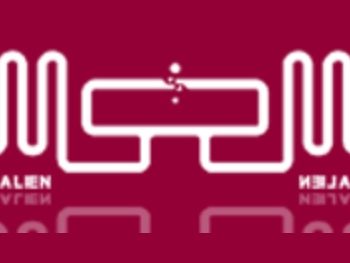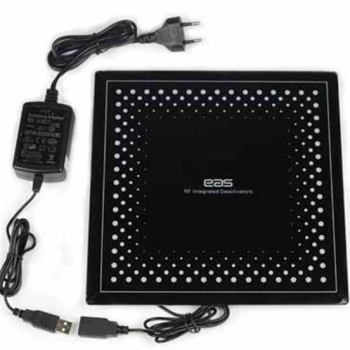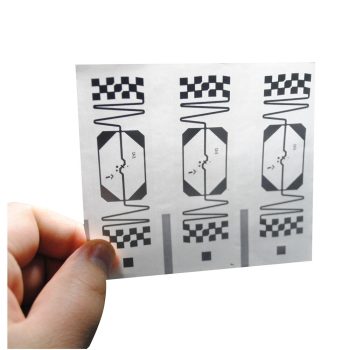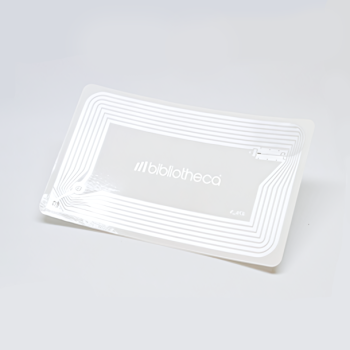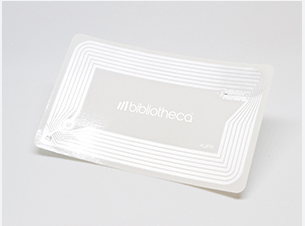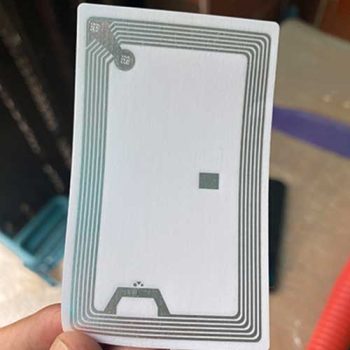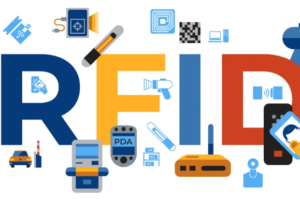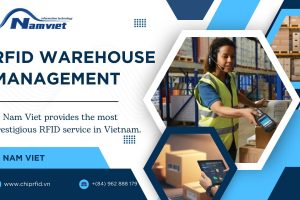RFID cards are categorized into various types based on different criteria. So, what are the most common types of RFID cards today? What are their applications? The article below by IT Nam Việt will help readers understand this topic in more detail, so keep reading!
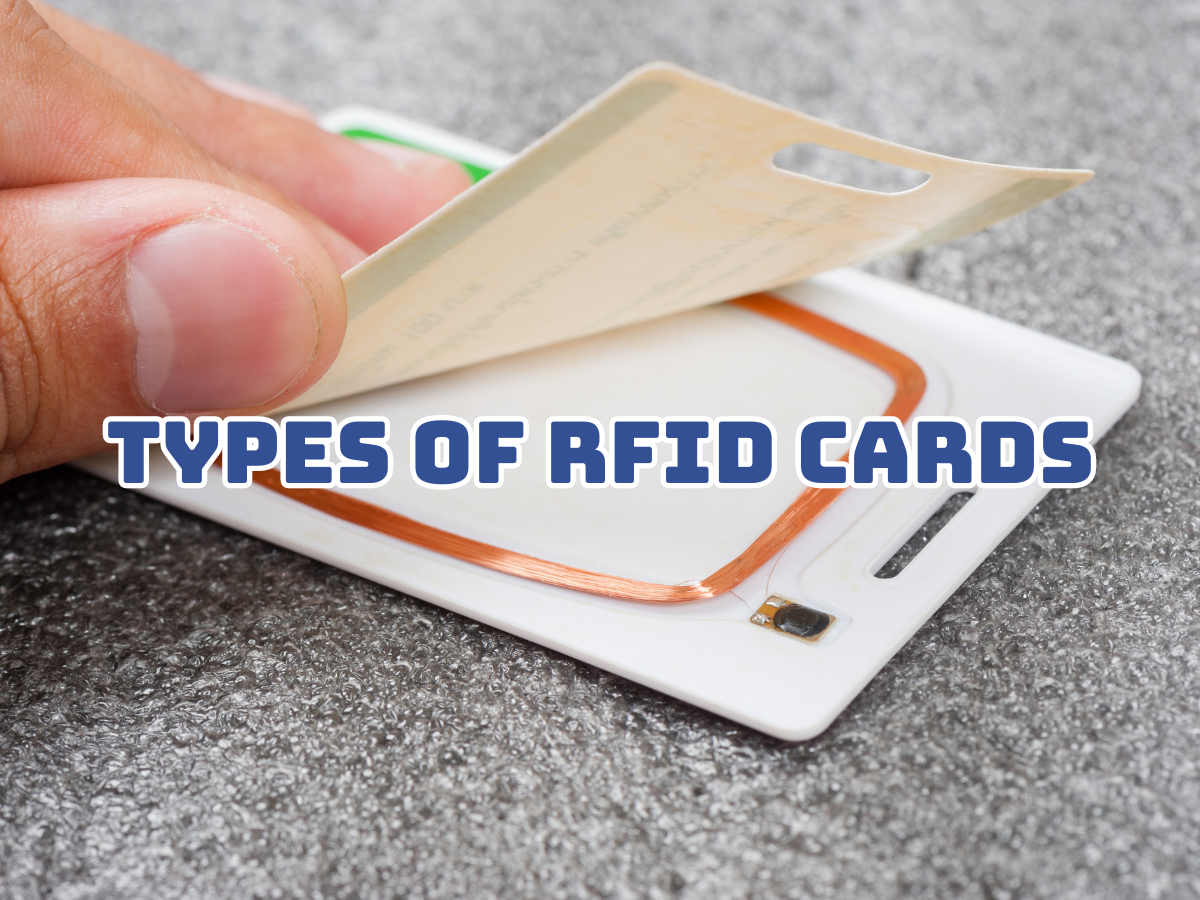
What is an RFID Card?
RFID cards, or RFID tags, are designed to store and transmit information via radio waves to identify objects. RFID cards are a tracking system that uses radio frequencies to search, identify, track, and communicate with items and people.
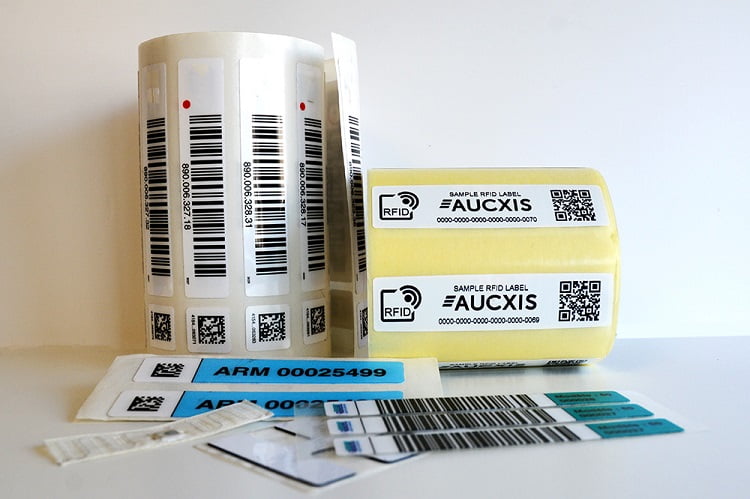
An RFID card consists of three main components:
- RFID Chip: This is the integrated circuit containing memory and a processor, acting as the “brain” of the RFID card. The RFID chip is responsible for storing and processing information, as well as modulating and demodulating radio frequency signals. Depending on the type of card, the chip can be passive (without a battery, receiving power from high-frequency radio waves emitted by the RFID reader) or active (with a battery to provide energy for data transmission).
- Antenna: This component connects to the chip and is responsible for receiving radio waves and transmitting information signals between the RFID card and the RFID reader. The antenna is typically made from conductive materials, such as metals. The antenna of a passive RFID card collects and reflects radio waves from the reader. The antenna of an active RFID card requires battery power to transmit signals back.
- Substrate: This is the protective layer of the RFID card that holds all the components in place. The substrate is typically made of high-durability polymer or plastic sheets that are impact-resistant and support attaching the RFID card to various surfaces.
View product details of RFID cards currently distributed by IT Nam Viet
Advantages of RFID Tags
RFID tags have the ability to store a large amount of information, which allows data such as product origin, production processes, etc., to be easily stored and retrieved. For this reason, RFID technology is now widely used in fields like inventory management, product tracking, and detecting counterfeit goods. It provides fast, accurate, and highly convenient solutions.
Additionally, RFID signals can penetrate various environmental conditions and materials such as concrete, ice, fog, snow, etc. This is a notable advantage of RFID tags, which barcode technology and other methods cannot achieve as effectively. This capability allows for accurate reading and writing of information on RFID tags without direct contact, making it easy to track goods.
RFID tags offer fast reading and writing capabilities, improving efficiency and enabling quick responses in management and operational processes. As a result, the application of RFID technology in fields such as libraries, aquaculture, transportation systems, smart homes, etc., is highly valued and trusted by customers.
Notably, some RFID tags are equipped with high-security features, allowing for advanced authentication and verification, preventing duplication, forgery, or unauthorized access to the information stored on the tags.
RFID tags can perform well even in challenging environments.
Types of RFID Cards and Their Common Applications
Currently, there are two ways to classify RFID cards: based on frequency and based on the method of communication with the reader.
Classification of RFID Cards by Frequency
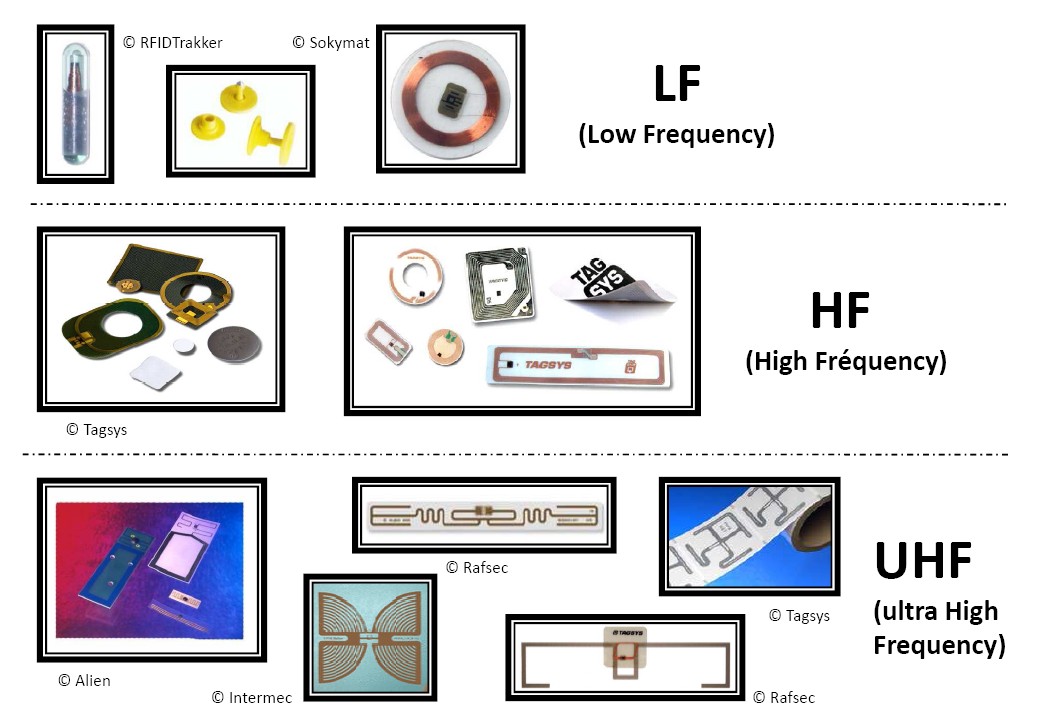
There are three types:
| Criteria | Low Frequency RFID Cards (LF) | High Frequency RFID Cards (HF) | Ultra High Frequency RFID Cards (UHF) |
|---|---|---|---|
| Operating Frequency | 30KHz – 300KHz, typically operates at 125KHz. | 3MHz – 30MHz, typically operates at 13.56MHz. | 300MHz – 3GHz, typically operates between 860 – 960MHz (must comply with UHF Gen 2 standards). |
| Reading Range | Around 10cm | From 10cm to 100cm. | Up to 12 meters. |
| Advantages and Applications | Less signal interference, suitable for livestock tracking and monitoring in agriculture. | Widely used in payment systems and data transmission. | High reading speed, low production cost, popular in inventory management, goods tracking, and configuring wireless communication devices. |
Classification of RFID Cards by Method of Communication with the Reader
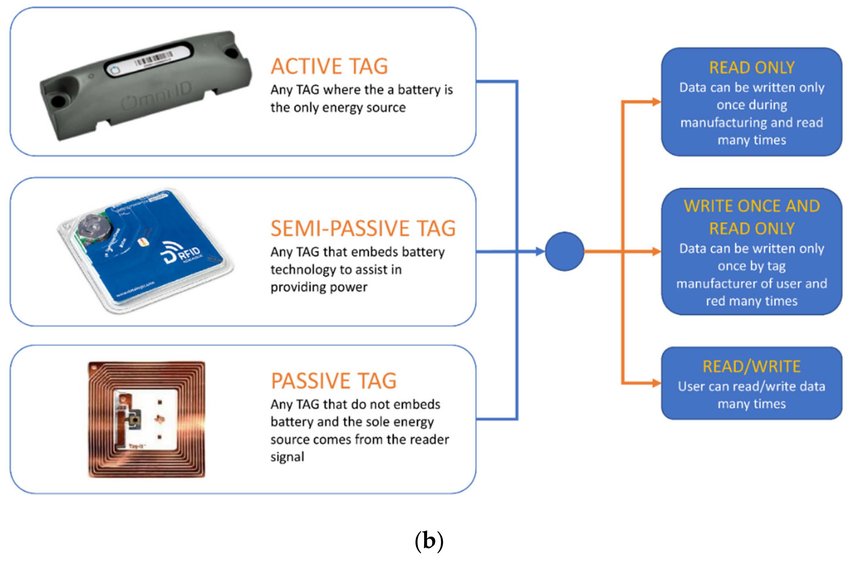
There are three types:
| Criteria | Passive RFID Tag | Active RFID Tag | Battery-Assisted or Semi-Passive RFID Tag |
|---|---|---|---|
| Structure | Consists of an antenna and a microchip (or IC), but no internal power source. The tag derives its power from the reader’s RF waves. | Consists of an antenna, microchip (or IC), and an internal power source (usually a battery). The battery typically lasts 3-5 years. | Similar to a passive tag but includes a battery to assist the tag’s operation. |
| Operating Principle | Passive RFID tags respond to the RF signal from the reader by using energy from the reader’s RF waves. The tag does not emit its own RF signal. | Active RFID tags emit their own RF signals and have a longer reading range. The reader interacts with the tag by transmitting and receiving RF signals. | Semi-passive RFID tags use the battery to power the microchip and enhance the RF signal transmission. |
| Reading Range | The reading range of a passive RFID system is limited – usually no more than 10 meters. | Active RFID tags operate at ultra-high frequencies and can be read from hundreds of meters away. | Medium reading range – longer than passive tags. |
| Advantages and Applications | Small size, low cost, no need for battery replacement, suitable for applications requiring small sizes and low costs. Commonly used in retail inventory management. | Wide reading range, large memory, suitable for long-range tracking and high interaction applications. Often used in logistics and supply chain management, as well as in hospitals for patient tracking. | Supports sensors and memory, has a medium reading range, lower cost compared to active tags, and offers some of the same features as active tags. Suitable for large retail stores or warehouses. |
How Much Does an RFID Tag Cost?
The price of RFID tags is not fixed and depends on various factors, including:
- Type of RFID tag: Whether it’s an active, semi-passive, or passive RFID tag; or a low-frequency or high-frequency RFID tag, etc. Each type of tag has a different price range, usually varying from a few dollars to several tens of dollars.
- Material and design of RFID tag: RFID tags are designed and manufactured in various shapes, sizes, and materials, which significantly influence their price. RFID tags made of paper or labels tend to be more affordable, usually only a few dollars per tag, and are commonly used in retail.
- Quantity of tags: The price of RFID tags typically decreases with larger order quantities, meaning the more tags you order, the lower the price per tag. Moreover, suppliers often offer significant discounts for large quantities, helping customers optimize their budgets effectively.
- Features of RFID tags: The features and additional capabilities of RFID tags also affect the price. This includes read/write capability, memory capacity, security features, sensors, etc.
In practice, the cost of deploying an RFID system is not limited to just the RFID tags, but also includes RFID readers, antennas, software, and other factors. Therefore, businesses need to carefully calculate before deciding to set up a suitable RFID system.
Leading Provider of RFID Solutions at the Best Market Prices
IT Nam Viet is proud to be one of the most reputable and trusted RFID solution providers in Vietnam. With over 10 years of experience, we are committed to delivering high-quality products that meet all customer requirements.
IT Nam Viet offers a full range of RFID tags with various frequencies and sizes, from soft RFID tags to hard RFID tags, from RFID tags for libraries to RFID tags for retail in clothing, jewelry, and livestock management. IT Nam Viet is ready to support customization of RFID tags according to specific features and requirements to best meet the needs of each customer’s project.
IT Nam Viet assists customers from the consultation stage, selecting the right solutions, to quickly and effectively deploying and integrating the RFID system. We are committed to accompanying customers throughout the usage process, ensuring the RFID system operates stably and efficiently.
In particular, we are dedicated to providing customers with high-quality products and services at the most competitive prices in the market. All RFID tags from IT Nam Viet undergo rigorous testing to ensure the highest quality and accuracy.
Contact IT Nam Viet today for consultation and to experience the best RFID tag solutions!
IT NAM VIET TRADING AND SERVICE CO., LTD
- Company address: 177/22 Quốc Lộ 1K, Linh Xuân Ward, Thu Duc City, Ho Chi Minh City, Vietnam
- Showroom and Office address: VPGD 27/13/9C, Street 27, Hiep Binh Chanh Ward, Thu Duc City, Ho Chi Minh City
- Phone: (+84) 962.888.179
- Email: Info@chiprfid.vn
My name is Le Nam Viet, currently FOUNDER & CEO of Nam Viet IT Company, I graduated from Ho Chi Minh Polytechnic University. I have more than 3 years of experience providing RFID chip technology solutions, RFID scanners, barcode labels and barcode readers. It’s a pleasure to share my knowledge with readers.



 Tiếng Việt
Tiếng Việt